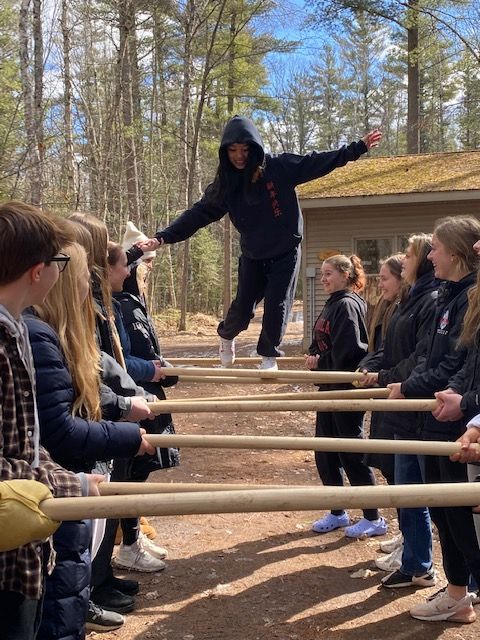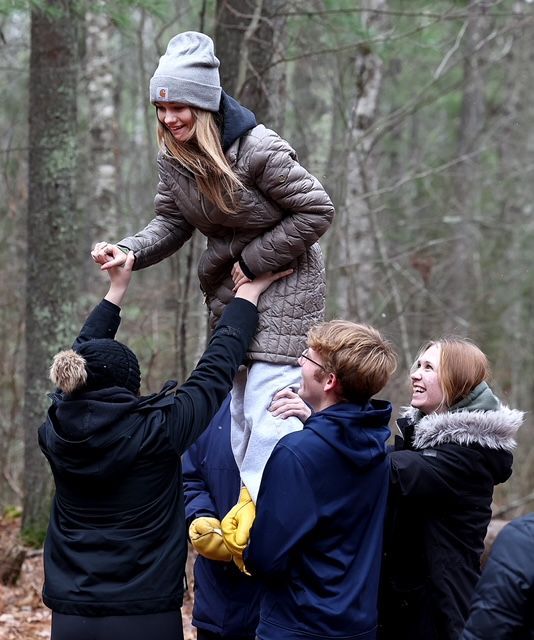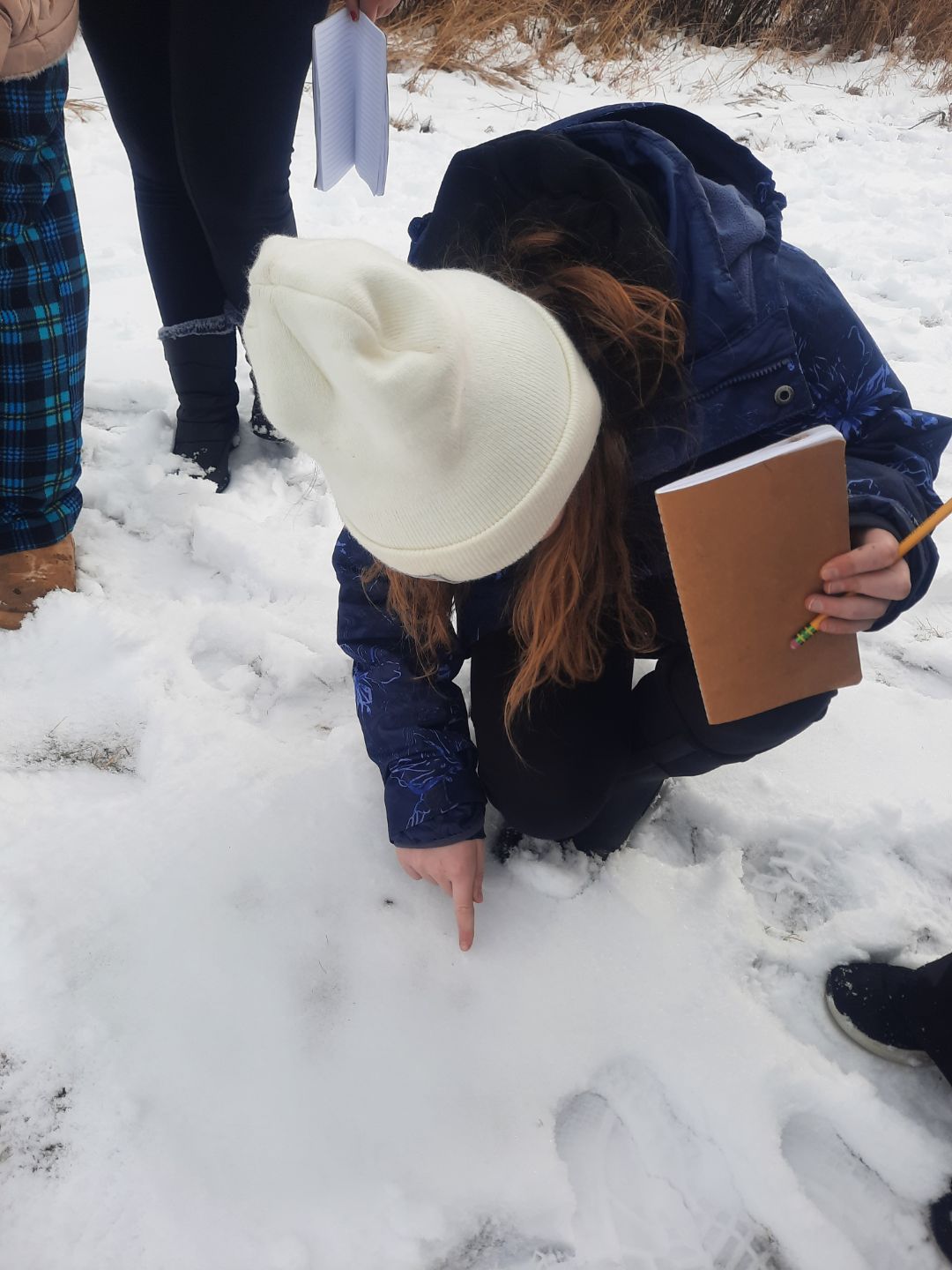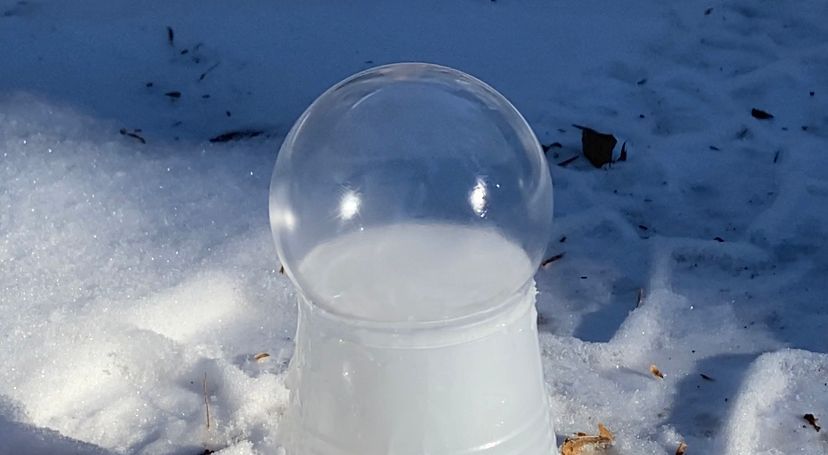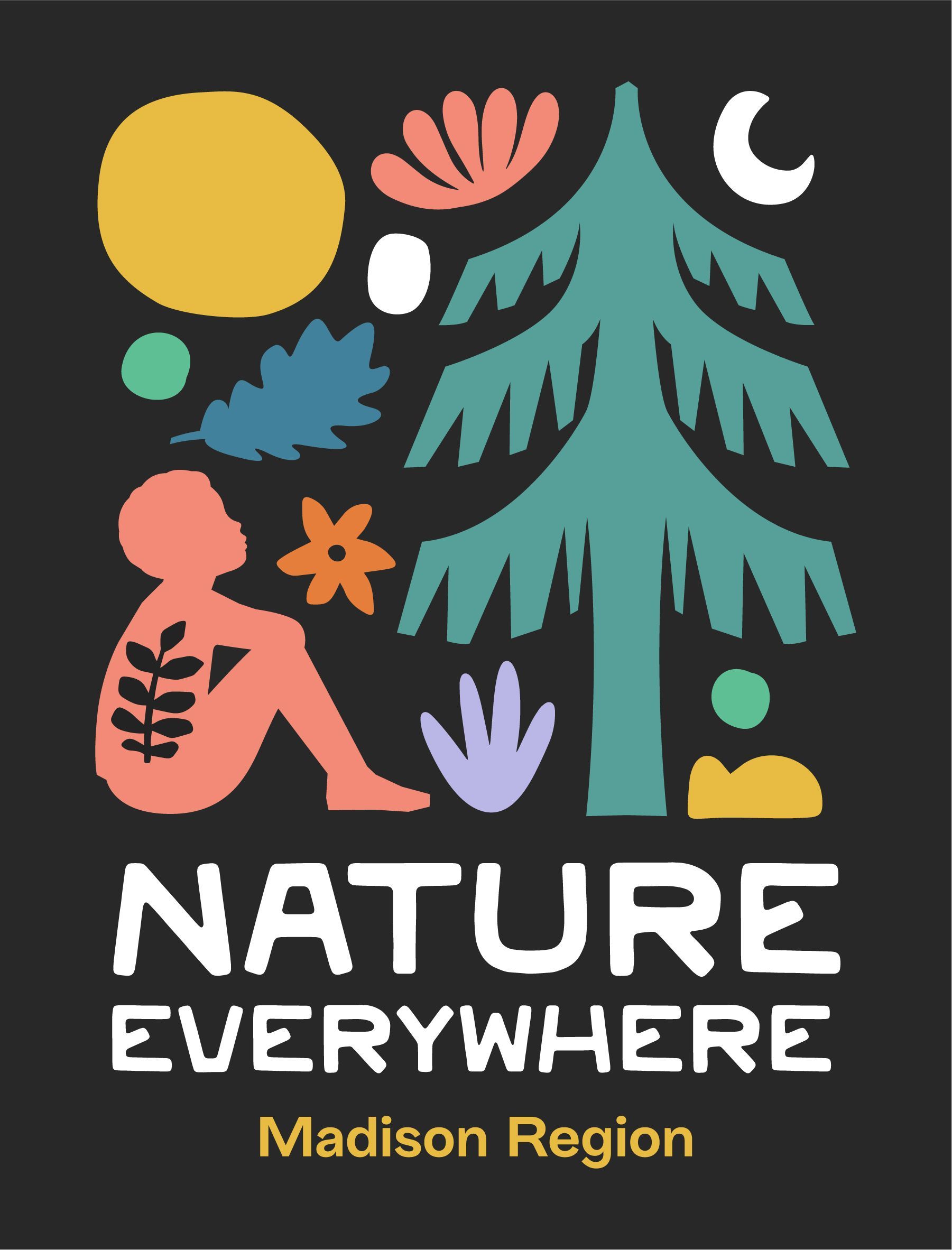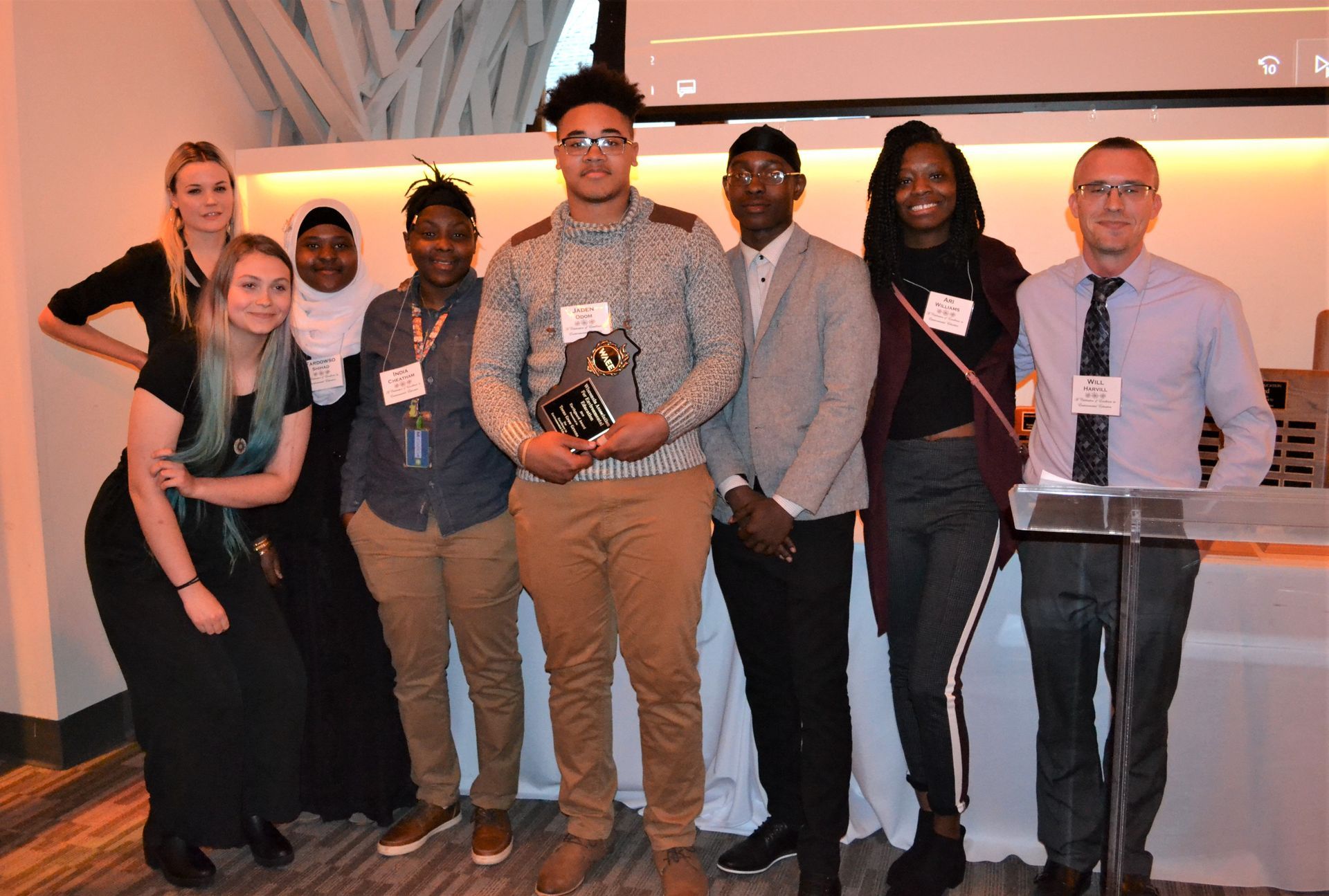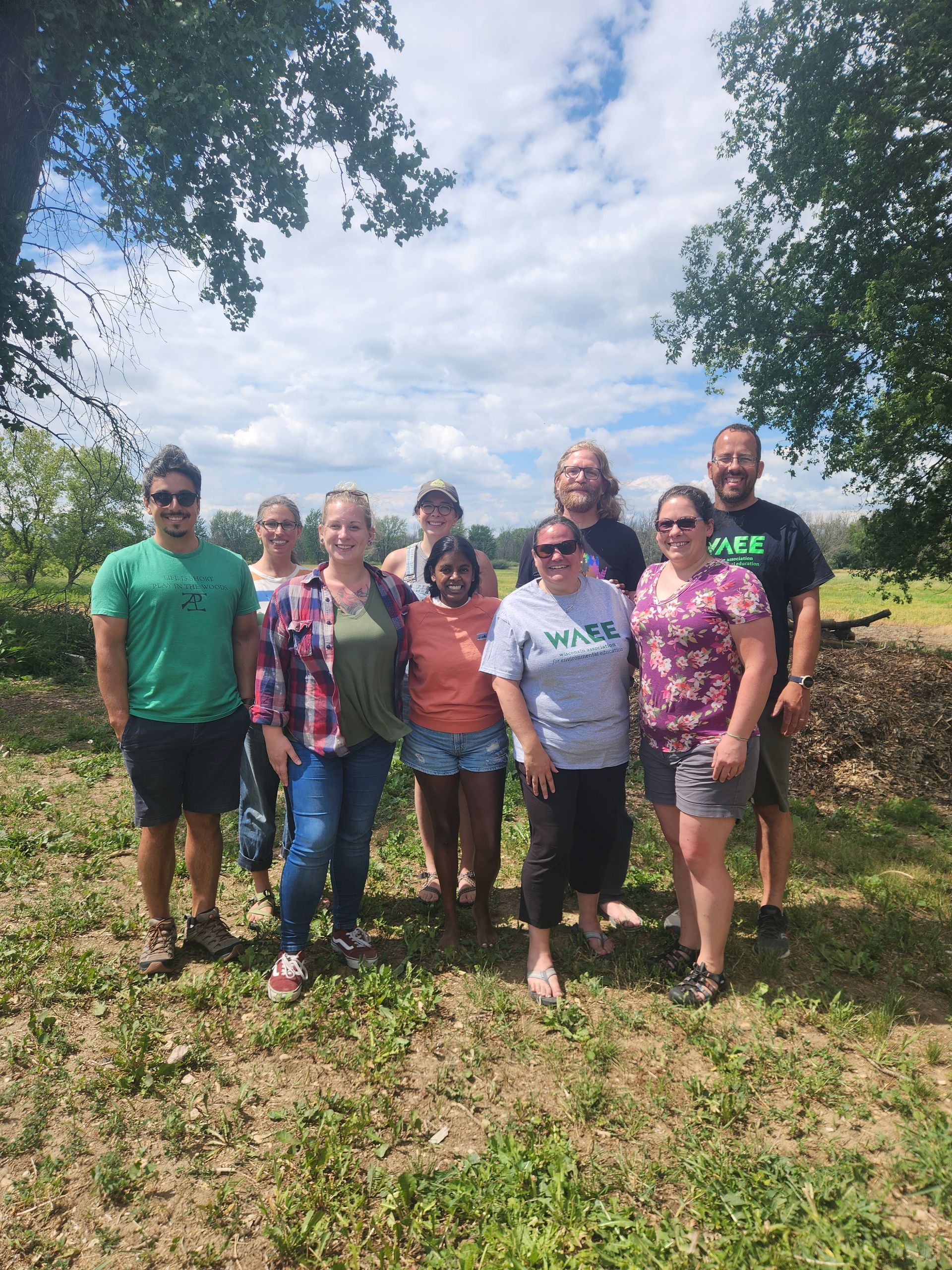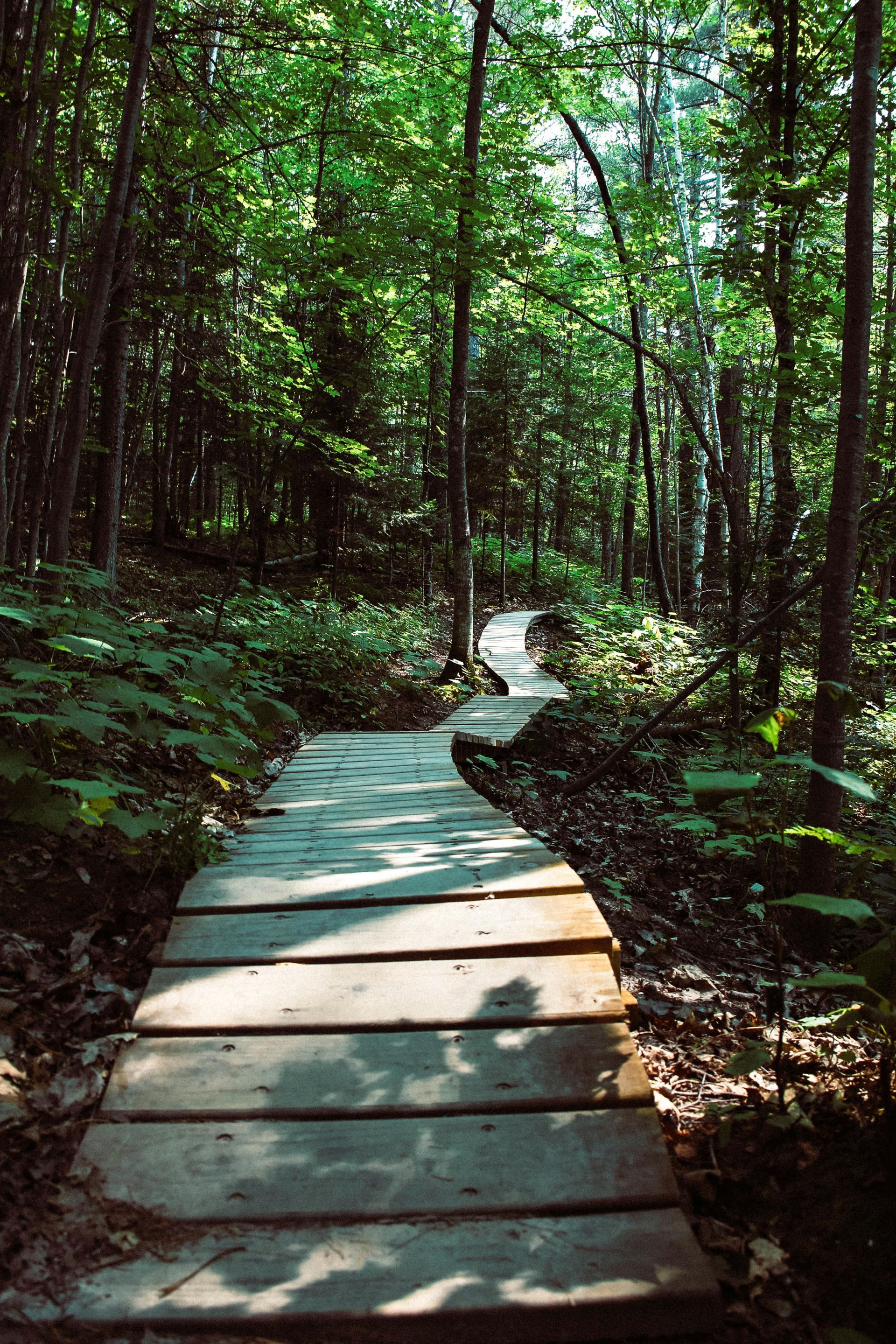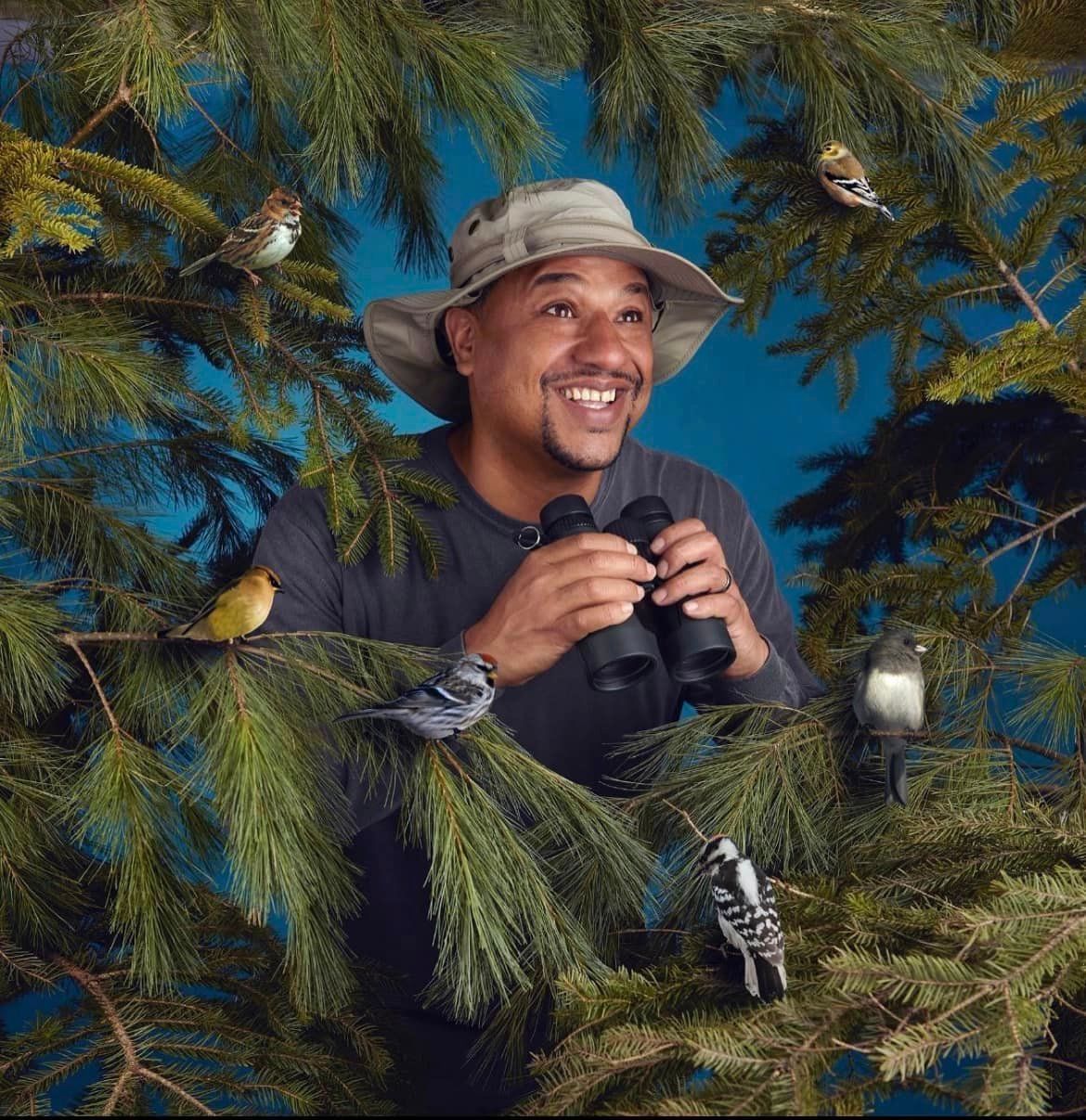Envisioning Your Classroom, Naturally!
Lori Danz Busts Myths about Outdoor Education
Written by Lori Danz, School District of Superior School Forest Coordinator and WAEE Board Member
In the northwoods of Wisconsin, we recently watched signs of transitioning from summer into fall. As sure as the leaves started to change color, and birds started returning to their nonbreeding ranges, our students and teachers returned to their classrooms. Most local news stations flocked to their local schools to report on this migration. News stories captured classrooms with tables in groups, desks in rows, a whiteboard and smart tv at the front of the room, and students walking down hallways wearing new clothes and shoes and sporting new haircuts and styles. It is no wonder that the majority of people envision similar scenes when asked to describe a typical classroom.
However, a less reported, but swelling migration is also quietly happening throughout school districts in our state. This migration is of teachers moving their classes from their traditional indoor classrooms to the outdoors. Let’s talk about several myths that are being busted that may explain this move to outdoor education.
Myth #1: Outdoor education is only for science teachers
Any content that can be taught in an indoor classroom can be adapted to be taught outdoors. As I tell the staff I work with, outdoor education isn’t defined by what you teach, it is defined by where you teach. Teaching elementary students how to spell? Set up a Smell and Spell Trail. Teaching math? Create a Math Olympics Trail. At the Superior School Forest, we welcome all grade levels and teachers of all content areas. High School AP Physics students to PreK students. Music and Art students to traditional science students. Use nature as your inspiration to have fun developing lessons that evolve into learning experiences.
Myth #2: Outdoor education is only about play
Time and time again, when adults or students are asked about their favorite classes or lessons, they relate experiences where learning was fun. We have to put to rest the idea that if students are having fun, the content they are learning isn’t rigorous. Or worse, that they aren’t learning at all.
Outdoor education is fun! Students interact as they manipulate equipment or walk trails. They are often shrieking or difficult to focus if they encounter spiders or other critters.. If students read Jack London’s
To Build A Fire while they are walking a trail through the woods when temperatures are 10 degrees Fahrenheit, they will laugh at each other as they struggle to light a match with frozen fingers. However, the details included in student formative work following lessons taught in nature are often more descriptive than similar lessons taught in a traditional classroom. High levels of learning do happen when students are appearing to “play”. Rigor does not have to present itself in the form of gravity. It can be disguised as engagement, collaboration and even laughter.
Myth #3: Outdoor education and traditional classrooms are exclusive
Outdoor education and traditional classrooms are not mutually exclusive. Teachers do not have to decide if they will either teach in a traditional classroom or in an outdoor setting. One of the greatest assets of outdoor learning is that it enhances traditional classroom learning. Lessons taught outdoors can be designed to bring relevance to lessons learned in the traditional classrooms, as well as stand alone lessons.
Myth #4: Only students in urban areas need outdoor education
Finally, if you are a rural school district, don’t make the mistake of assuming your students are spending a lot of time outdoors. Kids are kids and “country” kids spend as much time indoors as urban kids. Superior, Wisconsin is located in Northern Wisconsin. Although we are an urban district, a large percentage of our students live in rural areas. As an outdoor teacher in the Superior school district, common comments I have heard from children visiting our school forest are, “Are we visiting a real forest?” Or, “”I’ve never been to a real campfire before!” And my personal favorite, “This has been the best day ever.” Rural students need exposure to the outdoors as much as urban students.
So this school year, let’s try to imagine our students with their hair messy from the wind and their shoes stained with a little dirt, walking down trails instead of hallways, sitting around a campfire instead of in rows, and reading the lessons found in nature as well as reading the stories found in textbooks.

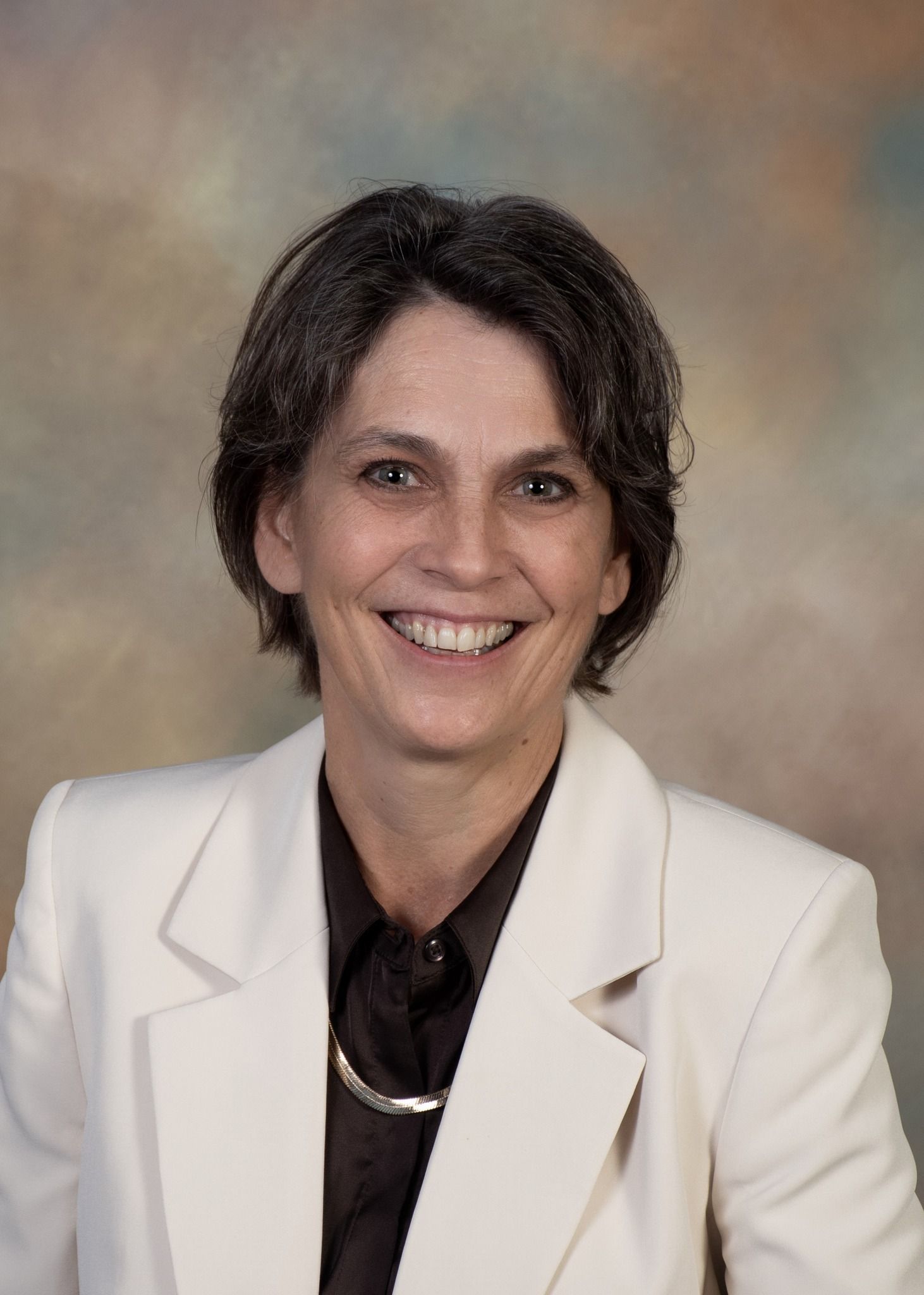
Lori Danz (She, Her, Hers), credits her father as being her foremost teacher who provided knowledge and inspired a love of nature. Now in her 32nd year of teaching, Danz brings nature directly to students as a high school biology teacher at Superior High School. She is also the coordinator of the school forest program delivered to all grade levels in Superior, Wisconsin. Danz strives to make the outdoors accessible for all students and teachers, with over 2,000 student visits to the Superior School Forest annually. Danz regularly provides in-district professional development on outdoor education and has served as a regular presenter at numerous state conferences for teachers.
In 2023, Danz was selected as the Wisconsin Teacher of the Year. One of the greatest gifts of receiving this honor was the opportunity to share the great work being done in our classrooms by the great teachers in our state, and to demonstrate the benefits of integrating outdoor education into all classrooms and content areas.
Danz earned a Bachelor’s of Science in Education and Master’s Degree in Curriculum and Instruction, both from the University of Wisconsin-Superior.

